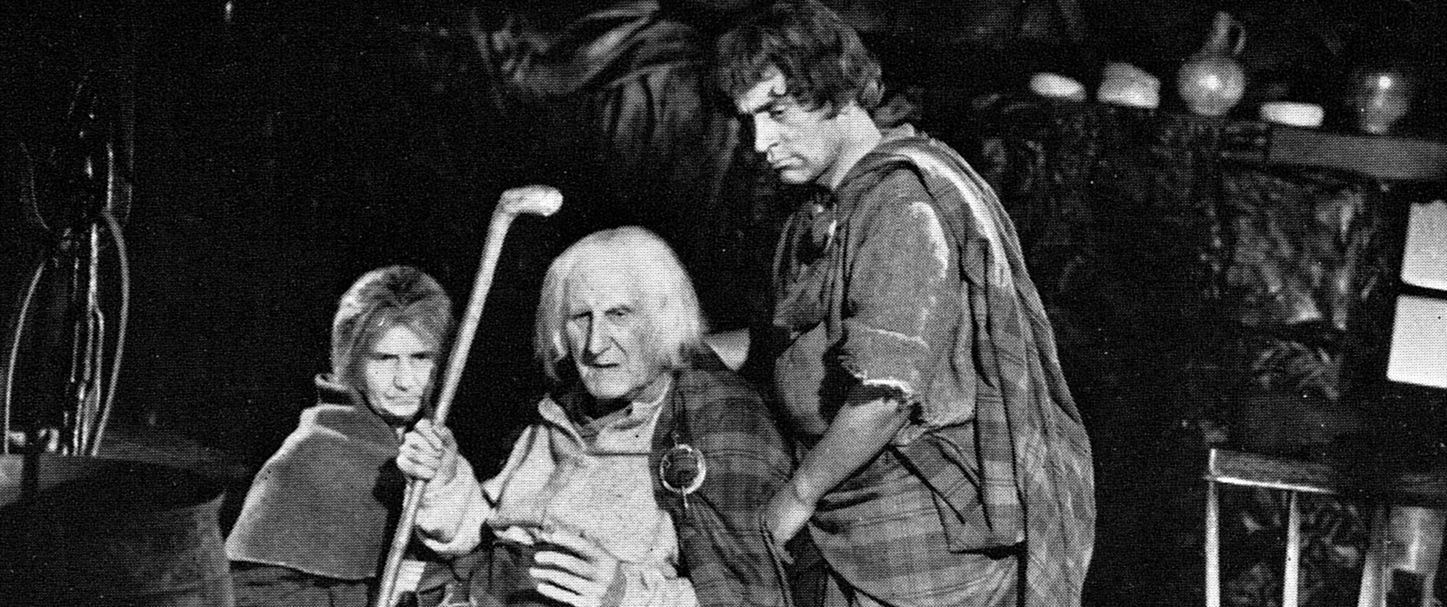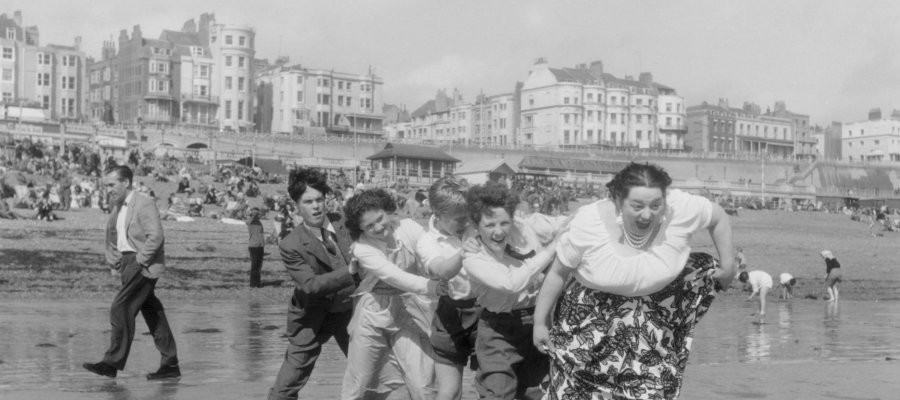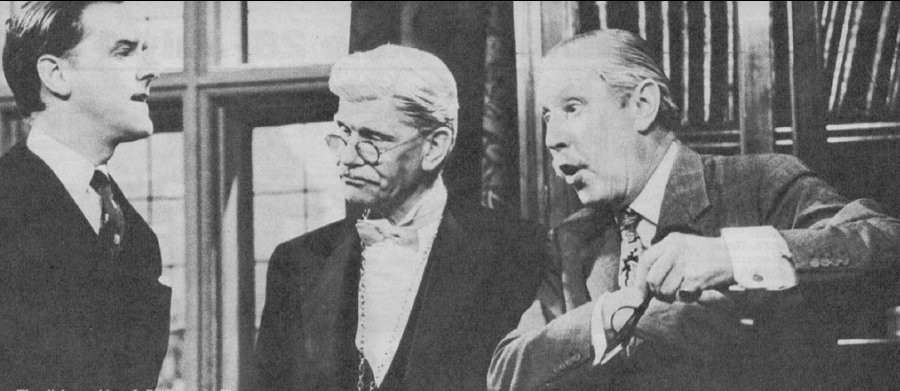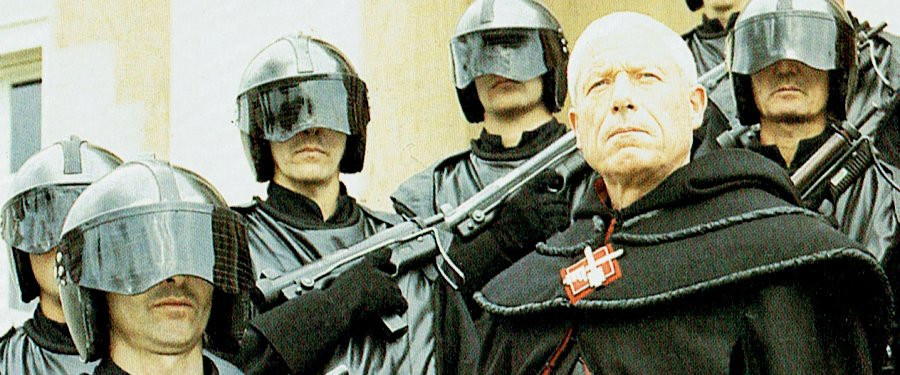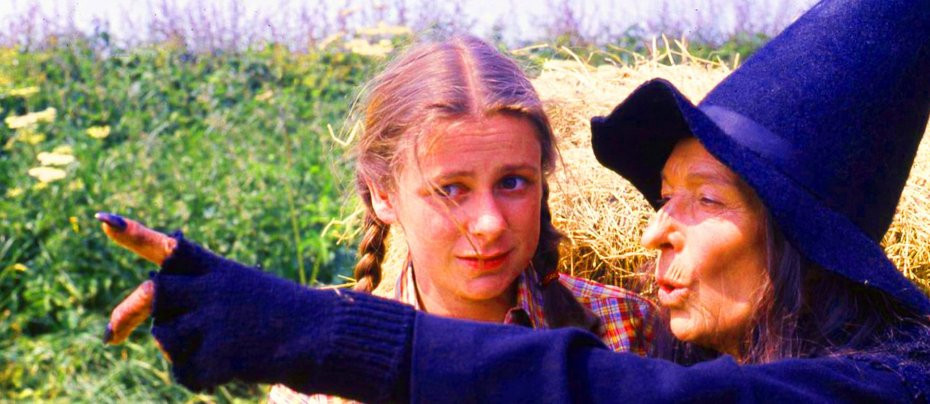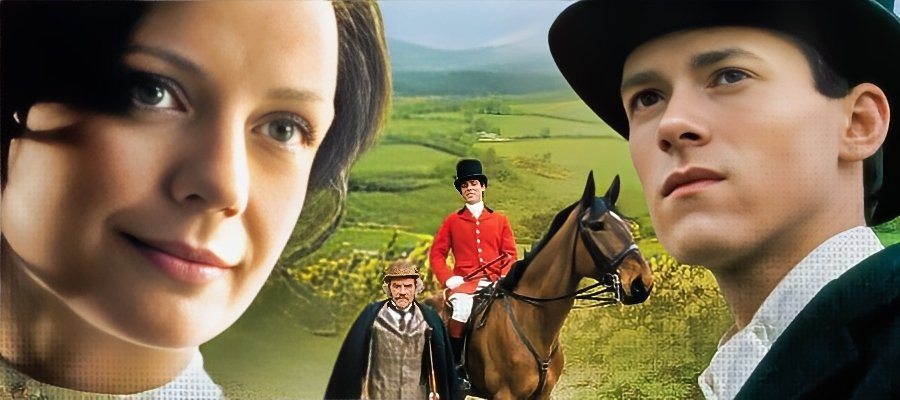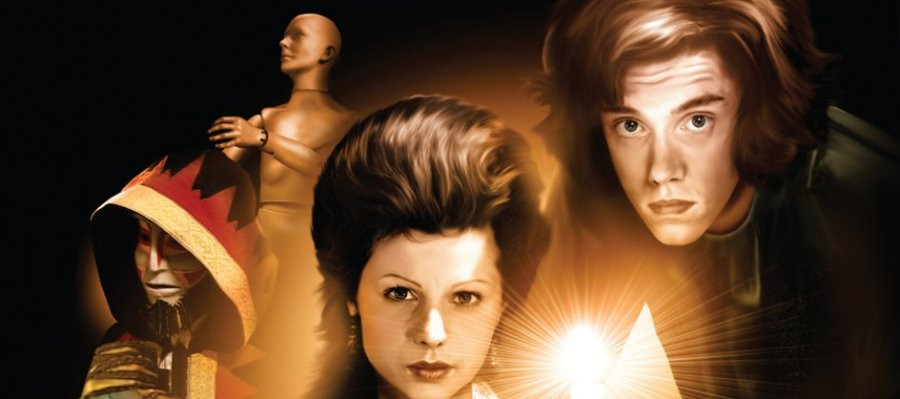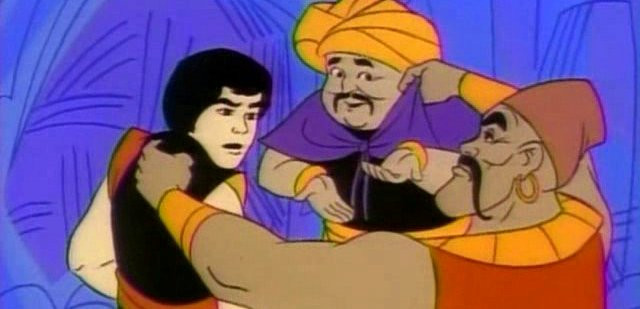
The Queen Street Gang
1968 - United KingdomThe Queen Street Gang was Thames Television’s spirited attempt to bring the classic charm of the Famous Five into the contemporary world of the early 1970s. Well-trained, highly organised, and operating from a secret headquarters, the gang represented a bold effort to update the traditional children’s adventure story for a new generation. Loosely based on Desmond Skirrow’s 1966 novel The Case of the Silver Egg, the series combined elements of mystery, espionage, and light science fiction to craft a show that was both imaginative and firmly rooted in the tradition of British children's storytelling.
There were clear nods to Enid Blyton throughout the series, not least in the composition of the gang itself — a group of five children, including Philippa, the daughter of a top-secret government researcher. This detail in particular lent a touch of intrigue and modernity to the otherwise familiar formula. The adaptation was handled by Roy Russell, a seasoned writer whose previous credits included Sexton Blake and who would go on to pen numerous other adventure dramas such as Fly Into Danger and A Place To Hide.
The first of the two stories adapted for television revolved around a fantastical McGuffin: a mysterious silver egg capable of storing all the electricity in the world. When this device is stolen by a bizarre group of criminals — Spitz, Auntie Cuthbert, Greenface, and Tich — it’s up to the Queen Street Gang to retrieve it, rescue the kidnapped professor, and save the day. The villains, with their cartoonish names and outlandish demeanour, would not have been out of place in the campy Batman TV series of the era. This added a colourful, almost comic book flavour to the proceedings, giving the series a heightened sense of fun and drama.
The gang itself consisted of Mini Morris (Michael Feldman), Speedy (Anthony Peplow), Sniffer (Len Jones), Big Bill (Sebastian Abineri), and Philippa (Elizabeth Crowther) — each character contributing their own quirks and strengths to the group. Their camaraderie and enthusiasm were central to the show’s appeal, and while the performances were typically of their time, there was genuine charm in the young cast’s commitment to the increasingly outlandish scenarios.
Although The Queen Street Gang never quite gained the cultural traction of its more famous counterparts, it remains a fondly remembered oddity for those who encountered it during its original broadcast. A curious blend of traditional children’s adventure and Cold War-era sci-fi whimsy, it stands today as an entertaining footnote in British television history — earnest, energetic, and unmistakably a product of its time.
Seen this show? How do you rate it?
Seen this show? How do you rate it?
Published on January 24th, 2019. Written by Malcolm Alexander for Television Heaven.


